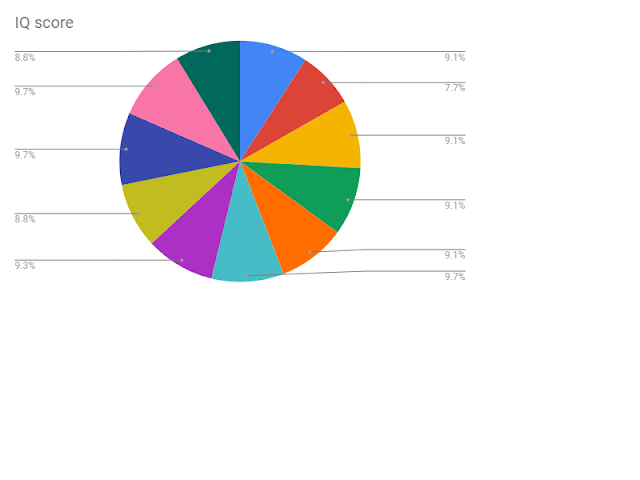Is IQ inherited?

Inheritance of IQ By: Riya Naik Abstract: Genes are crucial for the development of any living organism on the Earth. They contain information which aids in protein synthesis. These proteins are important for the normal functioning of the body. Genes are inherited from the parents through the DNA. The offspring inherits one chromosome from each parent. However, the main question is whether the genes control the inheritance of the way a person thinks. Intelligence Quotient, also known as the IQ, is the measurement of the reasoning skills and intelligence of a person. This experiment was designed to determine whether the IQ is an inherited factor. A parent and an offspring were asked to take an IQ test. The scores were used as a determining factor of whether IQ was inherited. Introduction: Intelligence Quotient, or the IQ, is a measurement of the intelligence a person possesses which is used to resolve quotidian complications. The IQ can be determined by taking an IQ test and